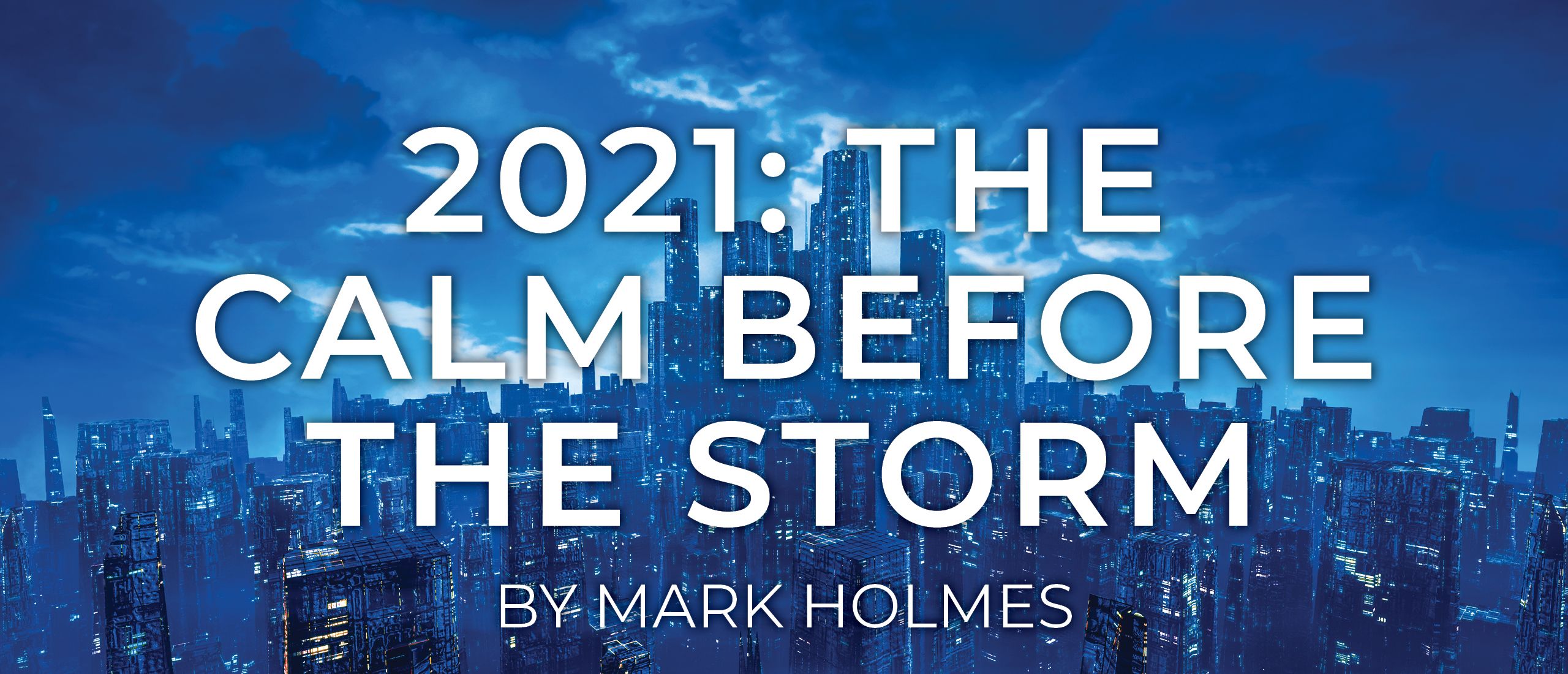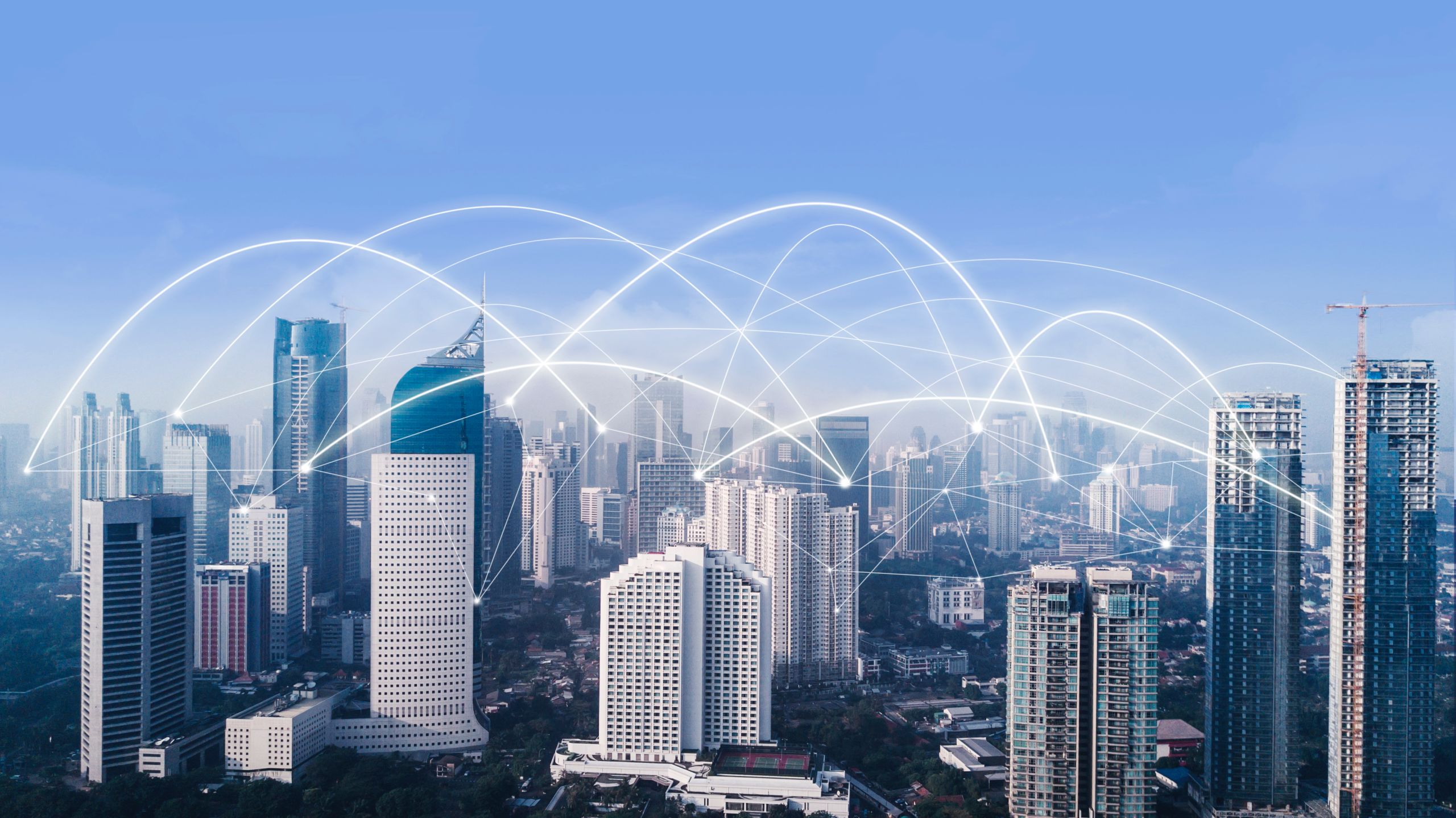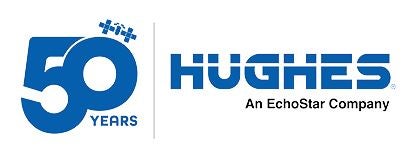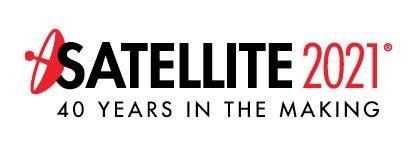

The year 2021 is one we will remember for a long time. Many of us began the year at home as the world continued to deal with the COVID-19 pandemic. The 2020s were already shaping up to be a key decade for the satellite industry, with aggressive plans to launch new satellite constellations and significant technology advances. Hughes Network Systems President Pradman Kaul, who has been in the business over 50 years, still maintains the same enthusiasm for the industry that he did in the early 1970s. “I still come to work in the morning pumped and excited. Our company has been doing well. Our people see a number of opportunities. It is a great time to be part of the satellite community.”
2020 highlighted, if we didn’t know already, the importance of connectivity. We need to be connected more than ever. The pandemic has taught us that. Satellite’s role will be more vital than ever as we cannot have a society of ‘digital have’s and digital have-nots’. Whether remote healthcare or remote education, the world works better when we are all connected. Kaul adds, “The amount of Internet traffic is growing at 25 percent per year. It tells you about everything you need to know in terms of the importance of networks to provide this capacity.”
Aarti Holla-Maini, secretary general of the EMEA Satellite Operators Association (ESOA), talks about the opportunities the satellite industry faces in 2021.
Aarti Holla-Maini, secretary general of the EMEA Satellite Operators Association (ESOA), talks about the opportunities the satellite industry faces in 2021.
Thuraya CEO Ali Al Hashemi says the company has relied on Hughes over the years to supply the best technology solutions.
Thuraya CEO Ali Al Hashemi says the company has relied on Hughes over the years to supply the best technology solutions.
An Increasing Velocity
However, while there are delays in programs, the industry is at an inflection point — the calm before the storm — as a number of new constellations threaten to change the world order. Sunil Bharti Mittal, chairman of Bharti Enterprises and someone steeped in telecoms, believes major changes are coming to the satellite industry. He says there is a lot of noise around the industry, with different business models such as SpaceX going direct-to-consumer with Starlink. Yet over the next 24 months, “you are bound to see a velocity that you have never seen before” of industry changes, he says. Mittal believes this decade will be one of the most profound and defining for the satellite industry.
“When we look back, this will be the decade where the satellite industry has reshaped itself,” he says. “We will see the power, speeds, and latency of satellite. Whether you are flying on planes, on ships, in deserts, you will have the same experience that you do when you are in cities. I am confident about this.”
Steve Collar, SES CEO, also shares the opinion that we are entering in a period of significant change and innovation in space. Collar points to the fact that access to space is more affordable than ever and this has attracted investment and innovation from both well-established players and startups. However, he says the question is whether ongoing innovations carry the same significance of the impact that satellite broadcast and Direct-to-Home (DTH) had on the industry in the past. “This remains to be seen, but I am certain we will see more innovation in this coming decade than any previous ones,” Collar says.
Paul Gaske, executive vice president and general manager for North America at Hughes believes the industry is at the edge of transition. He cites the delays with some of the big GEO fleets and an anxiety to bring next generation satellites into orbit. He adds, “When you look at the LEOs, they need to get the density of their satellites significantly up. 2021 will see people really rev up, and then in 2022, we will see real change.”
“Hughes Network Systems longevity speaks to the kind of products they have built. Under Pradman’s leadership, the company has always had a very strong focus on customers; building products that are really interesting for the market. At the same time, they are also a business that has reinvented itself. They were a leader in the VSAT technology years ago, and ventured into satellites themselves with the launch of JUPITER. It’s a business that has moved and evolved over time.”
— Steve Collar, CEO, SES

A New World Order
At this point, the major GEO operators are firmly in place atop the satellite industry. But Kaul believes we are on the cusp of significant change, and 2021 has already shown some shifts. He admits that SpaceX has taken on a prominent role, and OneWeb and Amazon also threaten to make a stronger impact. “You are seeing these huge non-satellite companies with tons of money trying to take over this industry and be dominant,” he says. “Telesat and Hughes will have to fight really powerful companies that don’t have the experience or the knowledge to build systems. But they will figure it out. They have almost infinite money. We will see how it goes.”
Adi Adiwoso, CEO of Pasifik Satelit Nusantara (PSN), a large Indonesian satellite operator and a key customer of Hughes through the years, believes 2021 will be a decision-making year for many players. This is a year when many operators will have to decide whether they will remain legacy operators tied to broadcasting, or whether they will invest heavily in broadband. “People are now investing in broadband. That will come into play in 2024 and 2025. Starlink is sending thousands of satellites into space. By 2025, we will know if Starlink and other LEOs are a good investment or not. The competition is in broadband. The decisions made in 2021 will see an impact in 2025.”
A country like Indonesia is an interesting case study for the demands on satellite services in the future. With its unique geography, Adiwoso says people in rural communities who have not had access to connectivity is both the biggest challenge and the biggest opportunity for the industry. He points to the fact that one island in Indonesia requires more than 40 gigabits per second in capacity. Even with a high-powered satellite, he believes it is impossible to concentrate capacity on an island like this right now. As demand for connectivity increases, this is an example of the challenges the industry faces.

Satellite connectivity is critical to bridging the digital divide. Countries like Indonesia, with unique geographical challenges, create the biggest hurdle and opportunity for the satellite industry.
Satellite connectivity is critical to bridging the digital divide. Countries like Indonesia, with unique geographical challenges, create the biggest hurdle and opportunity for the satellite industry.

Hughes invests in a multi-orbit future with OneWeb.
Hughes invests in a multi-orbit future with OneWeb.
2021: The Year LEOs Became Prime Time
2021 will be remembered as the year when LEO satellites and constellations started to dominate conversations. SpaceX has already launched thousands of satellites. OneWeb fell and rose again with new backers, and Telesat made a huge announcement about its Lightspeed constellation. For an industry that was used to cycles of 20 GEO satellite orders a year, this represents a profound change.
Kaul believes the major advantage of LEO is the fact that latency is so low that interactive applications like gaming can be done via satellite and can perform as well as terrestrial. He believes we needed something in-between terrestrial and GEO systems, which he says can encounter significant delays to address other applications, and this is where LEOs are a good fit.
Mittal, with his investment in OneWeb, believes LEO is the future. “Some people say it will either be fiber or LEO. I am not so much in the industry so I can’t say that statement in a confident manner. But, I think this direction is right.”
Kaul is confident there will be huge demand for LEO-based satellite capacity. Hughes, which is also an investor in OneWeb, is placing its bet on a combined LEO/GEO future and tapping into the best of both worlds. Kaul expects the OneWeb system to rapidly sell out of capacity, as it will address enterprise, government, and mobility applications. He expects the same will apply to Starlink.
“The market is huge. There will probably be two to three competitors. Telesat has spectrum semi-locked up. Hughes and OneWeb have Ku-band spectrum, and Telesat has Ka-band. SpaceX does not have anything locked in but they are strong and powerful, and have a lot of government influence. SpaceX has money,” he says.
“I will call Pradman a gentle giant. When the business discussions come, he likes a win/win situation. He is not a win/lose type of a person. When you leave the table with a handshake, both of you feel good about it. He understands technology very well, this has been his life. I think there are very few people around the globe that understand technology very well. He is a guru of the satellite industry, and someone I go back to from time to time if I have a dilemma.”
— Sunil Bharti Mittal, chairman of Bharti Enterprises

A Revolution in Ground Tech
However, there are still challenges, not least the cost of the ground equipment in 2021. Kaul points to that fact that the cost of the phased array antenna that enables consumers to utilize LEO connectivity is still around $1,500. “A parabolic antenna for a VSAT is $50. The cost for the consumer segment is critical. We are not there yet. The conclusion we have come to is that we need hybrid networks. We need multiple technologies to address the whole market. I think a hybrid LEO/GEO network makes a lot of sense,” Kaul says.
Mittal also believes issues around the cost of ground equipment have become more pronounced and he expects to see a dramatic shift over the next few years.
“The antennas are too big, too power hungry, too many of them. We will get to more distributed antennas over time. They will be smaller, more power efficient, and better able to deliver better services. I will say once this space has settled in the next 24-36 months, you will see much more action when it comes to ground stations. There are companies like Hughes, Satixfy, Intellian, and Kymeta that will start to redefine the ground segment.”
Collar believes the ground segment is lagging behind where it needs to be. However, he says the broader threat is that the industry risks being too fragmented, both in space and on the ground. “What we need as an industry is scale and coherence. This stands true for both satellite operator and network operator. Today, we have too many operators building their own versions of a global network that are not interoperable with one another,” Collar says. “And this is compounded by proprietary or exotic ground technology that has the effect of further fragmenting the industry making it difficult for global customers such as governments or airlines to make sensible choices. It also has significant implications for return on investment for our industry.”
Stéphane Israël, CEO of Arianespace, is proud to have worked with Hughes over the years to place the company’s satellites in orbit.
Stéphane Israël, CEO of Arianespace, is proud to have worked with Hughes over the years to place the company’s satellites in orbit.
Eutelsat Deputy CEO Michel Azibert details Hughes and Eutelsat’s history of work together, and their ground segment work on the KONNECT program.
Eutelsat Deputy CEO Michel Azibert details Hughes and Eutelsat’s history of work together, and their ground segment work on the KONNECT program.
The Future Has Arrived
2021 is a unique year for both the satellite industry and humanity. The second half of the year could see a slow return to normality, as more populations are vaccinated. The COVID-19 pandemic has cast the importance of connectivity in an even sharper light. The satellite industry, with the likes of Hughes leading the way, is working to get new capacity launched to make sure everyone can benefit from connectivity. Gaske says he believes the world of connectedness is here. “There are business models in that space that have yet to be developed that will play out,” he says.
Collar believes the industry needs to rationalize — and that eventually it will. Spending money and launching satellites is easy — the hard part is making money from those satellites and having a sustainable platform.
“Lots of companies building and launching is not what the industry needs. Imagine an equivalent situation in mobile where eight to ten players were launching services and there was no roaming and no network sharing. The economics would be pretty bad. What we need are good solutions and a bit more coherence than what exists today. It is incumbent on us all to try and present global solutions for our customers,” Collar says.
Kaul while optimistic about the future of the industry sees 2021 as a challenging year due to delays in satellite programs and the launch of satellites. However, such a scenario is only temporary, the industry continues to be resilient and has a bright future ahead.
This year is a peek into the future of satellite. 2021 brings new hope and new opportunities, and dramatic change to an industry that is known for its stability. We are truly at the calm before the storm.

To learn more about Hughes, please visit www.Hughes.com.


